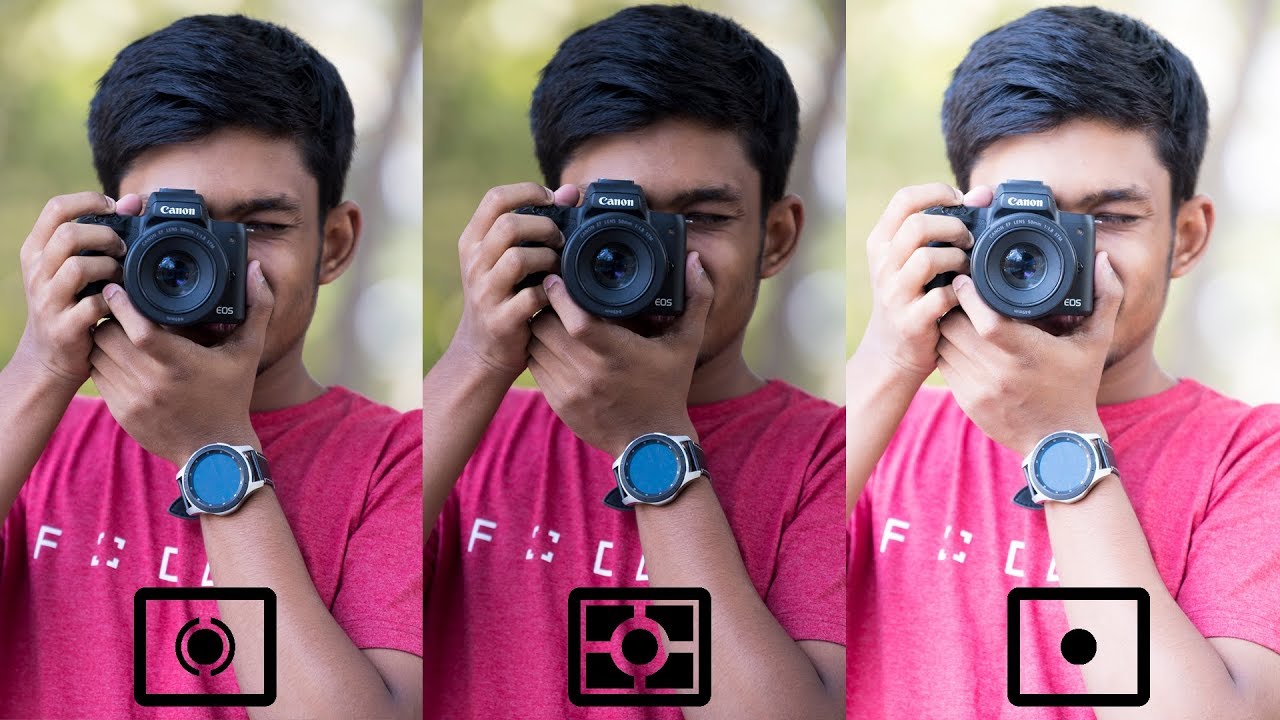Metering modes determine how your camera measures and evaluates the scene’s light to determine the exposure settings. Different metering modes are designed to handle various lighting situations and subjects. Here are the most common metering modes and when to use them:
- Evaluative Metering (or Matrix Metering): This is the default metering mode on most cameras. Evaluative metering divides the scene into multiple zones and analyzes the light distribution, color, and other factors across these zones. It takes into account the subject’s position, distance, and other factors to determine the optimal exposure. It’s a versatile mode suitable for general shooting situations, such as landscapes, portraits, and day-to-day photography.
- Center-Weighted Average Metering: In this mode, the camera measures the light across the entire frame but gives greater importance to the center area. The surrounding areas have less influence on the exposure calculation. Center-weighted average metering is useful in situations where the subject is centered or occupies a significant portion of the frame, and the background lighting may vary significantly.
- Spot Metering: Spot metering measures the light only in a small, specific spot, typically at the center of the frame or the active autofocus point. The camera determines the exposure based on the brightness information from that spot. Spot metering is ideal when you want precise control over exposure for a specific part of the scene, such as a subject’s face or a small area with important details. It’s often used in portrait photography or situations with high contrast.
- Partial Metering: Similar to spot metering, partial metering measures the light within a specific area. However, the spot used for measurement is larger than in spot metering, covering around 10-15% of the frame, typically at the center. Partial metering is useful when you want more control over exposure in a specific area but need a broader measurement than spot metering. It’s commonly used in situations where the subject is relatively small or occupies a significant part of the frame.
- Highlight-Weighted Metering: This metering mode is available on some newer cameras. It prioritizes preserving highlight details and prevents overexposure in bright areas. It’s particularly useful in high-contrast scenes where you want to avoid blowing out highlights. This mode is beneficial for situations like sunsets, stage performances, or backlit subjects.
When selecting a metering mode, consider the lighting conditions, subject placement, and your creative intent. It’s also important to review your images and make exposure adjustments as needed, regardless of the metering mode used. Understanding and experimenting with different metering modes will help you achieve more accurate and consistent exposures in various shooting situations.
SHARE
